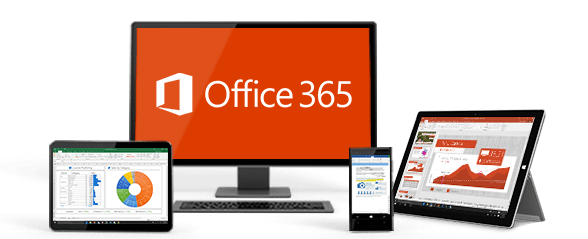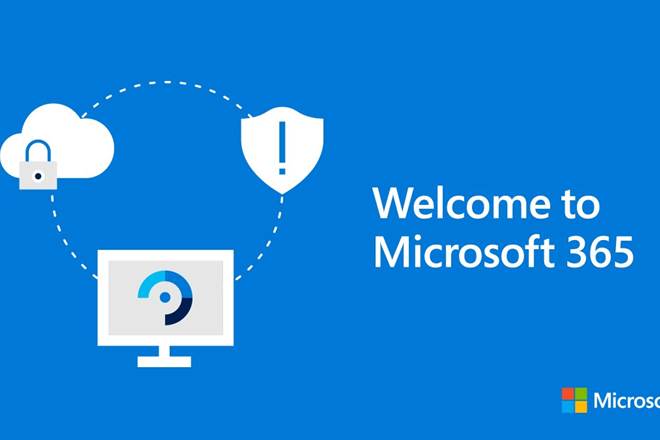Microsoft recently introduced Microsoft 365, a bundle of existing products under one license, geared towards businesses. The name is similar to the already existing Office 365 (and the recently renamed Dynamics 365). In fact, a lot of people already inadvertently called Office 365 by the name Microsoft 365.
There is a lot to be said for consistency in product names, but when you have dozens of products with multiple versions of each, similar names can get confusing fast. We’re looking at you, Microsoft.
So, it’s easy to see how the two products can be confused. It gets even more confusing when you learn Microsoft 365 includes Office 365.
Let’s break down the differences between Microsoft 365 and office 365:
The Short Version
Office 365 is a cloud-based suite of productivity apps like Outlook, Word, PowerPoint, and more. Office 365 is a bundle of services including Office 365, plus several other services including Windows 10 Enterprise.
The Long Version
Office 365

Office 365 is a cloud-based suite of apps and services centered around business productivity. It includes some apps you’re probably already familiar with like Microsoft Outlook, Word, PowerPoint and Excel.
Depending on the plan you get, subscriptions also include apps and services like:
- Skype for Business
- SharePoint
- OneDrive
- Teams
- Yammer
- Planner
And much, much more, along with robust productivity, collaboration, and security features.
Office 365 is a monthly, per-user subscription. There are a variety of plans to choose from depending on your specific needs. Prices range from $5/user/month up to $35/user/month. Plans can be mixed and matched in your business, and you can change plans at any time.
Microsoft 365
MS 365 is a bundle of services that includes Office 365. It also includes Windows 10 Enterprise, Enterprise Mobility + Security (EMS), and machine learning.
Like Office 365, there are multiple plans to choose from depending on your needs (though not quite as many!). Prices start at $20/user/month. You can view more information about Microsoft 365 Business and compare the Microsoft 365 Enterprise plans.
The services included in Microsoft 365 are also available as separate licenses. If you can’t find a plan that fits your needs, you can still achieve close to the same results by buying licenses for all the components (though you may miss out on some of the machine learning benefits).
Deciding What is Right for Your Business
Deciding whether get Office 365 or Ms 365 for your business can be a little tricky. If you’re already using all the separate pieces, then switching over to the combined MS 365 license is an easy yes.
If you’re not already using all the separate components of Microsoft 365, it can be a little tricky to figure out if it’s worth it and if so, which plan to get.
The first question to ask yourself is, do you need everything included in Microsoft 365? Microsoft 365 is a bundle of already existing services, so if you don’t need everything in it, you may be better off buying what you need separately.
You do need everything, the next step is to choose a specific license (or licenses -you can mix and match plans). You can compare licenses in the links above. A Microsoft Partner can also help you choose which license is the best fit.
Moving to your new licenses from Microsoft 365 to office 365 and supporting your team
Unless starting from scratch, moving to either Office 365 or Microsoft 365 isn’t going to be an instant flip of the switch. There are setup and migration requirements involved for both.
There will be both time and costs associated with this. Some or all of it can likely be done outside of business hours, though, to minimize business disruption.
If you’re technically savvy (or have a good IT person on staff), you may be able to handle this internally. If not, the best bet is to work with Microsoft Partner, like PTG, who has experience with migrating businesses to Office 365, implementing EMS and setting up machines with Windows 10 Enterprise
